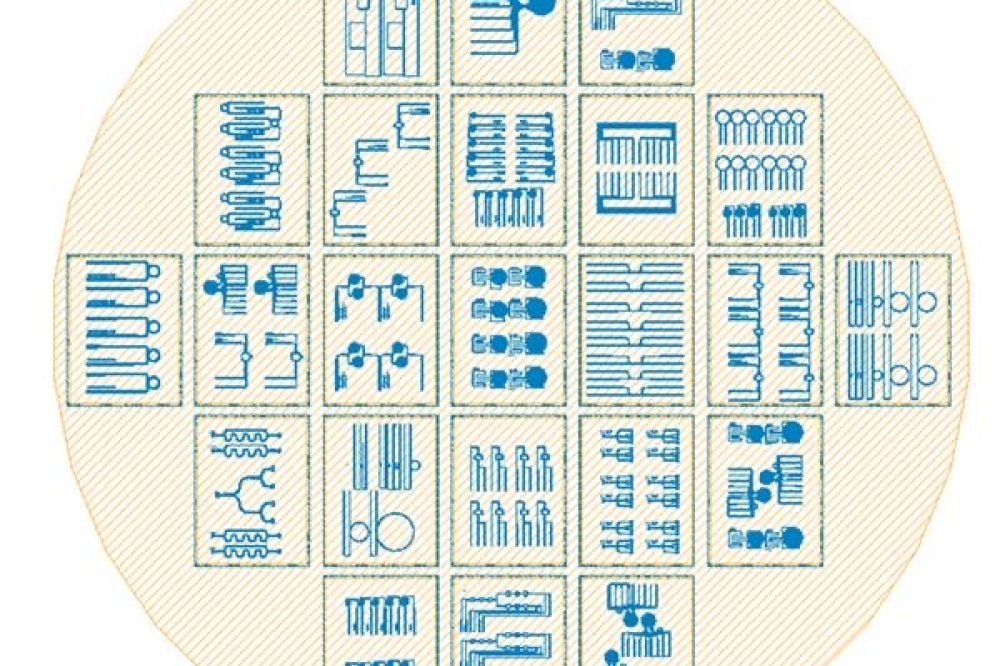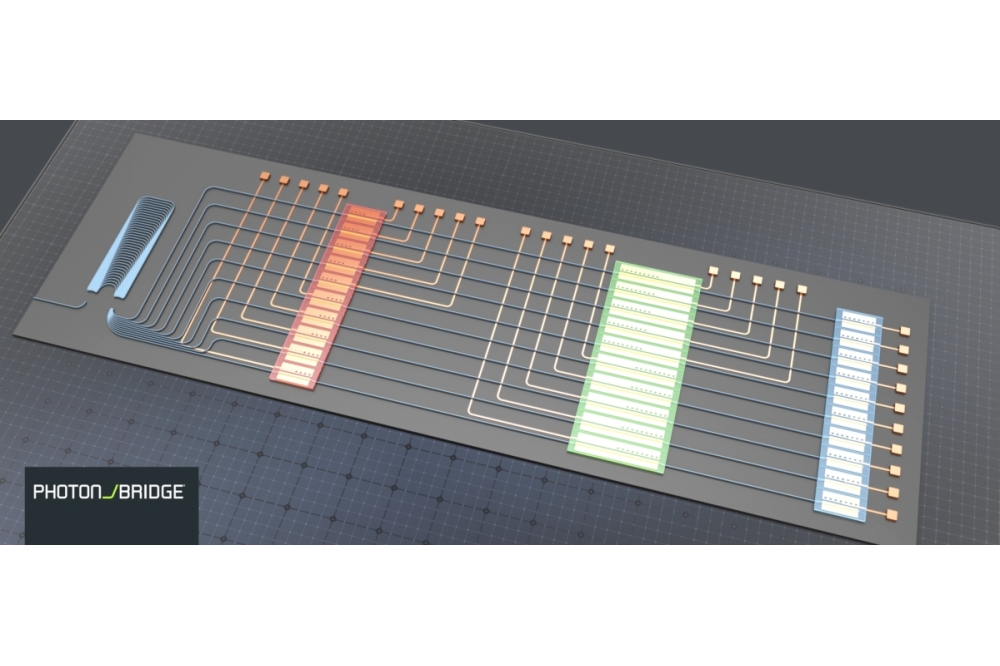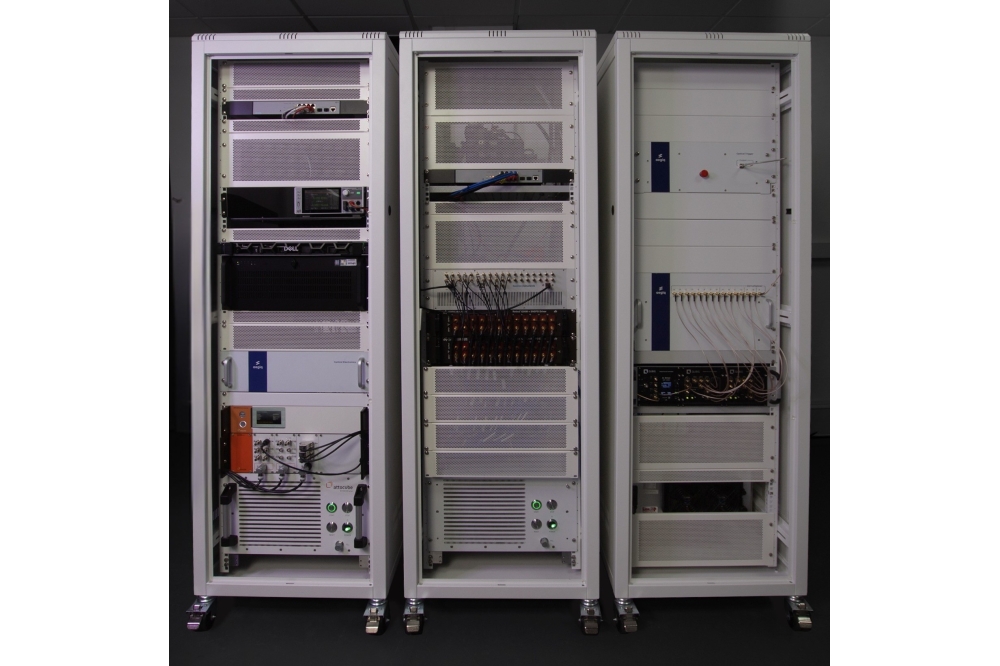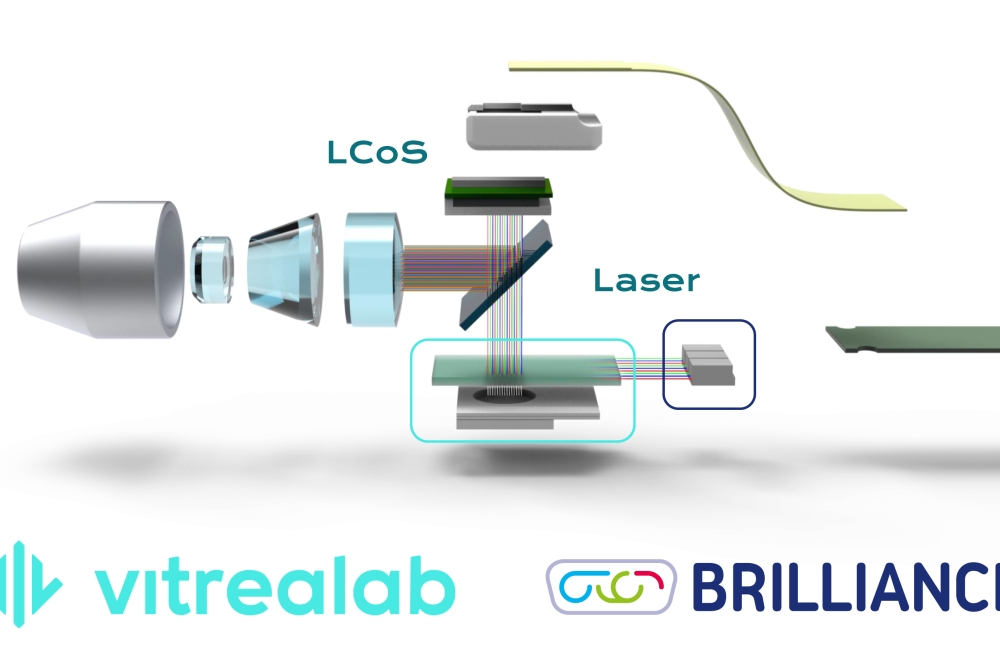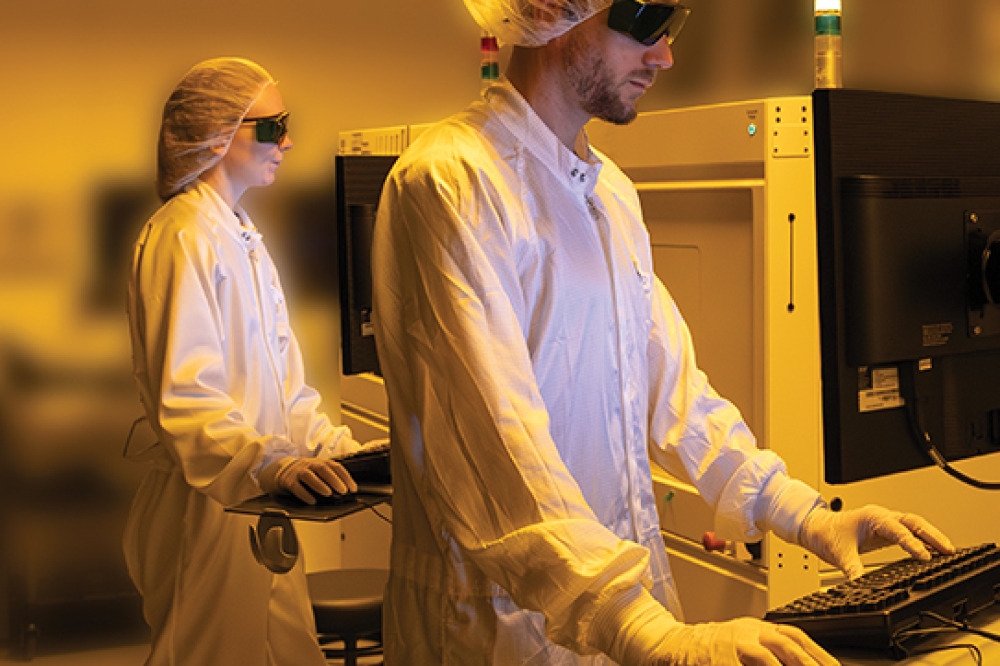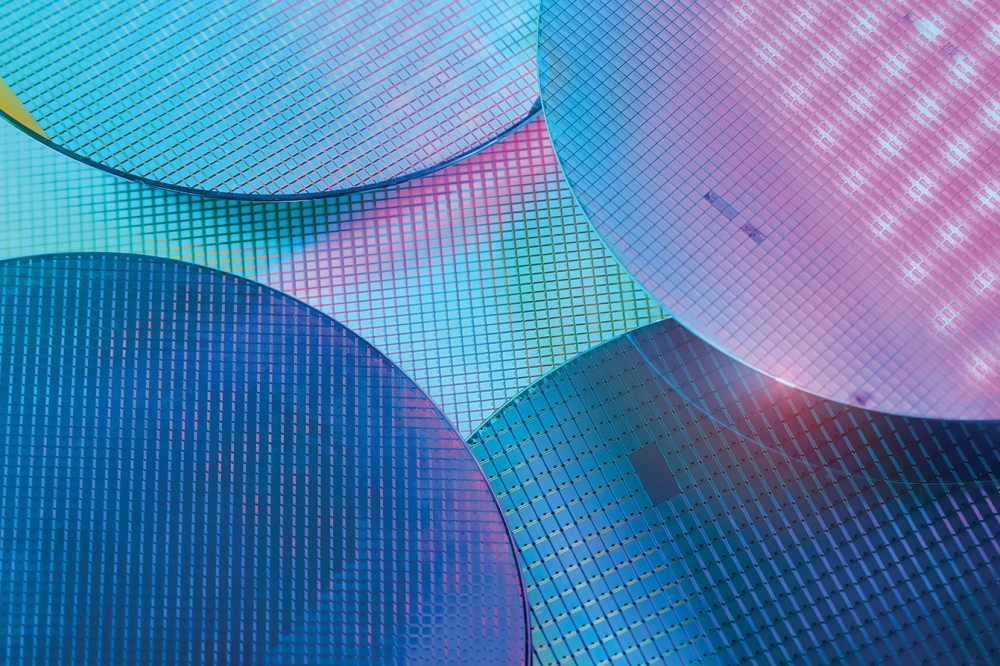LightIC announces availability of silicon photonics LiDAR

With its new product LARK, the company says it is bringing scalable, automotive grade FMCW LiDAR to market, bridging the gap between current advanced driver assistance systems and future level 3/level 4 autonomy
LightIC, a company developing silicon photonics-based FMCW LiDAR, has announced the general availability of its automotive FMCW LiDAR, LARK. By combining frequency-modulated continuous wave (FMCW) technology with silicon photonics chip integration, the company aims to address safety gaps it says are left by legacy time-of-flight (ToF) LiDAR, and accelerate OEM roadmaps toward advanced driver assistance systems (ADAS) and L3/L4 autonomous driving. LightIC says this milestone positions it among the first companies worldwide to deliver scalable, mass-production-ready FMCW LiDAR for next-generation intelligent sensing.
According to LightIC, ToF LiDAR, which is currently the dominant technology in today’s perception stacks, is vulnerable to failures in certain scenarios, such as car doors opening suddenly, or highly reflective signs in wet weather conditions. These safety risks, the company says, make ToF a less viable option for L3 production programmes for automakers.
LightIC’s automotive FMCW LiDAR – LARK – aims to deliver instantaneous, pixel-level velocity awareness and enable much faster response times in critical driving scenarios. Beyond velocity, the company says that FMCW offers further advantages over legacy LiDAR sensors including detecting objects more than 500 m away with only two to three points, simultaneously computing full-vector velocity within a single frame, and resolving small objects with high accuracy and software-defined high resolution.
LightIC describes its FMCW on silicon photonics as an ADAS sensing platform evolution that elevates fidelity, reduces latency, and strengthens robustness across the perception stack, resulting in safer, more reliable perception for OEMs’ next-generation ADAS and autonomy programmes – delivered within budget.
Although it is recognised as a more advanced sensing technology, FMCW LiDAR has long faced criticism for being expensive, bulky, and immature for mass production. But LightIC says this perception has shifted dramatically in recent years, accelerated by the global AI-infrastructure boom. The explosive demand for optical connectivity in AI datacentres has rapidly advanced the silicon photonics ecosystem, making it more mature, cost-efficient, and widely accessible. At the same time, co-packaged optics (CPO) has brought high-power, narrow-linewidth lasers into economical availability, while the previously costly LiDAR assembly process can now benefit from the same high-volume production lines used for datacentre optical transceivers.
By unifying FMCW sensing with a highly integrated silicon photonics process, LightIC says it has achieved a breakthrough: large numbers of Tx and Rx FMCW channels can now be integrated onto a single chip without the need for precise optical alignment. According to the company, this enables velocity-resolved, long-range perception that is ready for mass production.
“General availability should mean more than just sampling – it requires proven reliability, robust calibration models, and a supply chain ready to scale,” said Jie Sun, CEO of LightIC. “By bringing FMCW onto a silicon photonics platform, we transform breakthrough performance into a repeatable, scalable, automotive-grade product. OEMs can have confidence in assured supply and the ability to plan their programmes with certainty.”









